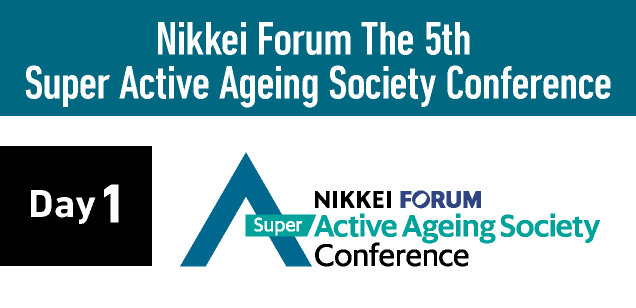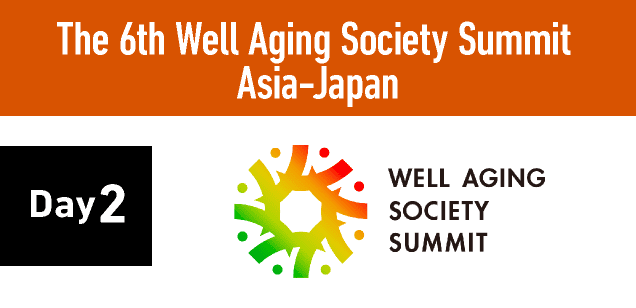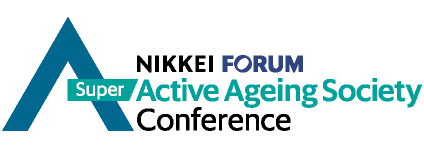The 6th Well Aging Society Summit Asia-Japan
Opening Remarks
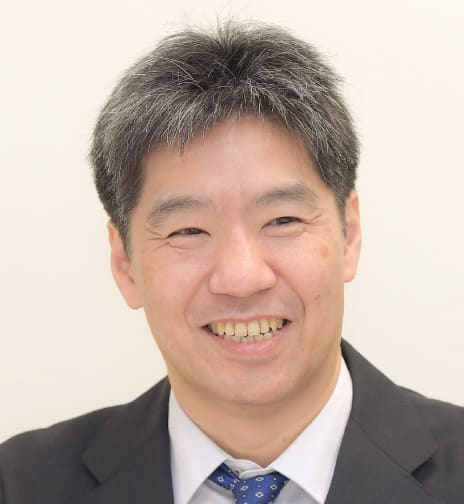
Koji Hachiyama
Koji Hachiyama
Chief Operating Officer, Economic Research Institute for ASEAN and East Asia (ERIA)
Japan is searching for a model for a society that enables new sources of economic growth, through the full participation of elderly people living an active life. Hachiyama said that he would like to see this challenge tackled through organic collaboration between Japan and the rest of Asia, centered on Medical Excellence Japan, a partnership of industry, government, academia, and medical institutions from Japan and other Asian countries.
Speech from Organizer
METI's Initiatives for the International Development of Healthcare
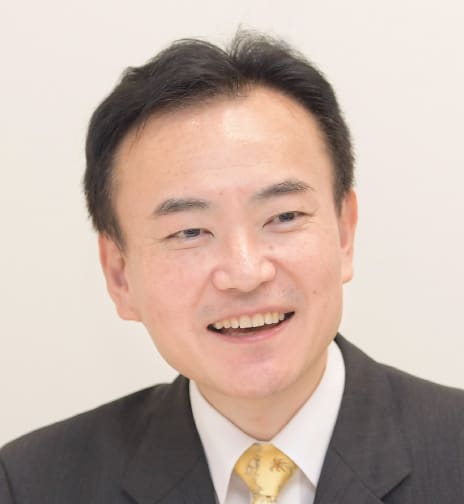
Kentaro Morita
Kentaro Morita
Deputy Director-General, Commerce and Service Industry Policy Group, Ministry of Economy, Trade and Industry
The Ministry of Economy, Trade and Industry (METI) supports the international development of Japan’s healthcare industry. Morita outlined two ways of approaching this: support for the development of Japanese healthcare industries overseas (outbound) and acceptance of foreign patients by medical institutions in Japan (inbound). A typical example of the outbound approach is offering a medical package consisting of medical equipment, such as endoscopes, and training of medical technicians for overseas markets. In the case of the inbound approach, there is huge potential, since the global medical tourism market is estimated to be worth 10 trillion yen ($67billion), although Japan currently receives only a small number of medical tourists. Morita confirmed that the Japanese government is firmly committed to institutional reform and international healthcare development, together with Well Aging Societies in Asia and the rest of the world through public-private partnerships.
Keynote Speech 1
Asia's Future in the Face of Dramatic Demographic Shifts and
Their Impact on Healthcare

John R. Beard
John R. Beard
Irene Diamond Professor and Director, International Longevity Center – USA, Columbia University, New York
Beard began by pointing out that not all elderly people are the same. He proposed three categories of the elderly: (1) healthy people; (2) people who feel somewhat inconvenienced in daily life; and (3) people who face significant difficulties in daily life. He argued that these categories each need a different kind of support. For example, for group (1), health promotion programs are suitable. It is also necessary to abolish systems such as mandatory retirement age that discourage people in this group from working. For group (2), it is necessary to provide integrated and continuous medical care that is not restricted to specific medical departments. Barrier-free access is also needed to allow these people to participate more actively in community life. Group (3) needs a system that allows them to live out their lives with dignity. The key point, according to Beard, is to view spending on the elderly as an investment, rather than a cost. The goal is to maximize returns, not to minimize costs.
Keynote Speech 2
Embracing the Population Aging: Exploring the Far-Reaching
Effects and Business Opportunities
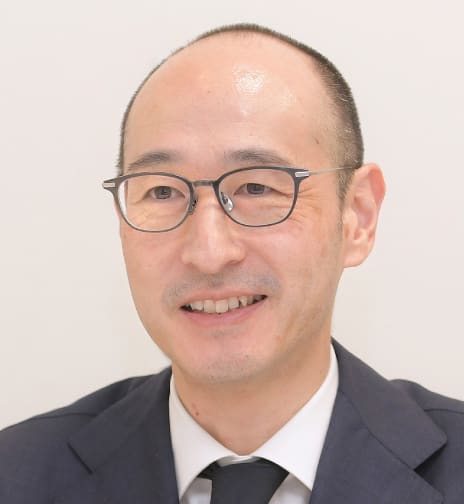
Nobuyuki Kii
Nobuyuki Kii
Group Manager, Research & Consulting Division, Aging Innovation Group, The Japan Research Institute, Limited
The four main issues facing Japan’s aging society are: (1) dementia; (2) elderly single-person households; (3) working family caregivers; and (4) a shortage of nursing care workers. Kii claims that these challenges can serve as seeds for developing original products, services, and industries in Japan. In fact, to address (1), products that are easy for people with dementia to use are now being developed. A wide variety of facilities and services have been created to address (2), including meal delivery, transportation, and outing support services, as well as aged care residences. To address (3), more companies are making it easier for employees to balance work and nursing care responsibilities. To address (4), a growing number of nursing care support systems that utilize AI, robotics, and other advanced technologies are being developed. Kii expressed his hope that developing these systems and making them available overseas will generate economic growth for Japan.
Panel Session
Challenges and Initiatives in the Healthcare Field in Asia

Nguyen Lan Hieu
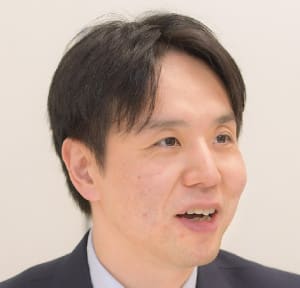
Takuma Kato
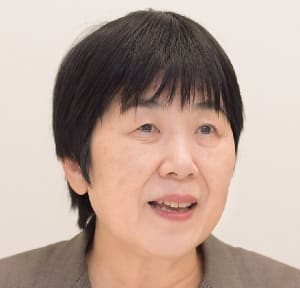
Naoko Yamamoto
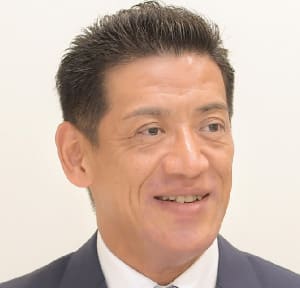
Shinji Hayashi
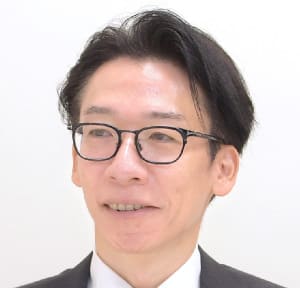
Taisuke Hashimoto
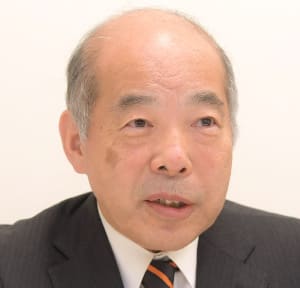
Hiroki Nakatani
Panelists:
Nguyen Lan Hieu
Director, Hanoi Medical University Hospital
Takuma Kato
Director for Healthcare and Long-Term Care Policy, Economic Research Institute for ASEAN and East Asia (ERIA)
Naoko Yamamoto
Professor, Graduate School of International University of Health and Welfare
Shinji Hayashi
Managing Director, MATSUNAGA (THAILAND) CO., LTD.
Taisuke Hashimoto
Director, Healthcare Industries Division, Commerce and Service Industries Policy Group, METI
Moderator:
Hiroki Nakatani
Visiting Professor, School of Medicine, Keio University / Senior-Advisor to the President of ERIA
As many Asian countries have achieved economic growth, the structure of the diseases they experience has changed. For example, infectious diseases used to account for 60% or so of all deaths in Vietnam, but this figure is now significantly lower. At the same time, deaths from lifestyle diseases and other non-communicable diseases are rising sharply. Nguyen expressed his aim of learning from Japan’s leading medical care and long-term care systems. Kato outlined a survey of the elderly conducted in ASEAN countries by ERIA. He said that the collected data has made it possible to tailor the aging policies to match the needs that differ among countries. Yamamoto noted that in contrast to Europe and North America, elderly people in Asia are more likely to be too lean than to be obese. She added that health policies need to be tailored to local characteristics. Hayashi talked about the improvement in the home care environments of the elderly in Thailand. He also felt that Japanese nursing care equipment would be useful in Thailand.
Hashimoto stated that Japanese companies should try and meet the growing demand in the healthcare sector in Asia to help solve the problems that other countries in the region are facing as their populations get older. At the same time, he cautioned that differences in the regulations and systems of each country need to be considered. He also reported that METI planned to try and overcome some of these barriers. Nakatani summed up the session by saying, “It is very important to develop together,” as opposed to merely selling Japanese pharmaceuticals, medical equipment and healthcare services to Asia.
Closing Remarks
Kentaro Morita
Deputy Director-General, Commerce and Service Industry Policy Group, Ministry of Economy, Trade and Industry
The countries of Asia will all experience rapid aging in the coming decades. Morita said that since Japan has become a pioneer in dealing with an aging population, it should develop and expand its healthcare industry, by working to cultivate deeper collaborations with other countries in Asia and the rest of the world. “I hope that such an effort helps to improve the lives and health of many people,” he concluded.

